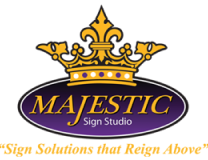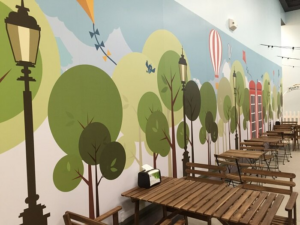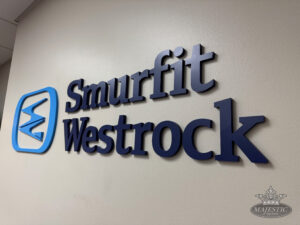Color is a tricky thing, especially when it comes to their use in business.
Logo Design
When designing a logo, it is important to take into consideration:
a) What industry are you in? Industrial companies tend to stay away from lighter colors.
b) Who you are trying to reach? For instance pink probably wouldn’t have gone over too well with the Harley Davidson market.
c) What response are you trying to invoke? A day spa is best served using lighter (or secondary) colors to convey tranquility.
Although people may not cognitively process how a certain color makes them feel or how they react to it, our brains are hard at work processing information. Our responses to colors are processed through filters of past experiences, cultural backgrounds, and personal preferences. However, when it comes to businesses branding, there are some norms that many companies have found to be successful.
Colors for Business
Take a look at these color meanings in businesses:
Red
Youthful. Bold.
Red is an attention-grabber. Red tends to energize. It is an exciting and motivating color.
Just as true as it was in the bull-fighting days, red still invokes passion. Red is used as in call-to-action buttons pretty often because it stands out and can be used to trigger an impulse to click.
Yellow
Clarity. Warmth.
Yellow is an uplifting color. It also stimulates the left side of the brain which is the logical side.
In business, yellow is a good fit for companies in the entertainment industry or geared toward children. Displays often use yellow to capture a shopper’s attention.
Blue
Dependable. Strength.
Blue invokes feelings of reliability and confidence. Blue is calming and relaxing. Think of the sky and the ocean.
Since blue is more of a conservative color, it is often used in finance industries, insurance, and tech. Blue invokes feelings of trust and harmony.
Orange
Cheerful. Confidence.
Orange is an exciting, vibrant color. It conveys feelings of adventure, enthusiasm, and is found to be inspiring.
Given the energizing undertones, travel agencies, food industries, those appealing to the youth market often use orange.
Green
Growth. Health.
A symbol of vitality, green invokes feelings of calm. Like blue, it is often associated with nature and the environment. Green is also associated with money in the US. See, there’s one of those cultural filters.
It should come as no surprise that green is often used in the health industries, food, fitness, and natural products. Darker greens are used in the finance segment frequently, capitalizing on the money and wealth associations of colors.
Purple
Imaginative. Wise.
We saved the best for last, not that we are biased at all (wink, wink). Purple is often associated with regal. It conveys feelings of creativity and extravagance. Young adults often relate purple as a symbol of sophistication.
In business, purple is often used to highlight quality. Educational institutions often use purple to encourage creativity and thought. Traditionally, purple has been used to target products geared toward women and kids.
Now that you understand a little more about the psychology of colors, take a look at the color chart. Do you have a deeper understanding of why various companies used specific colors in their logo? Do you relate the company with the corresponding psychology behind the color?
Majestic Sign Studios are professionals in graphic design. When it comes to branding, consult with one of our experts to ensure your messaging is communicating what you want it to. Give us a call at 951-735-5001 or tell us about your project.



